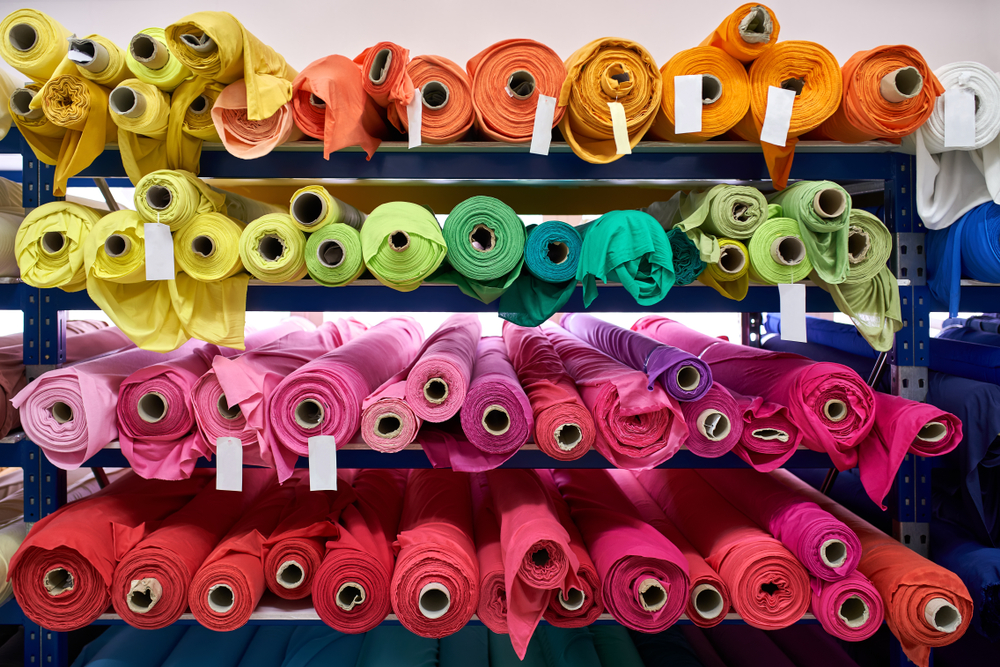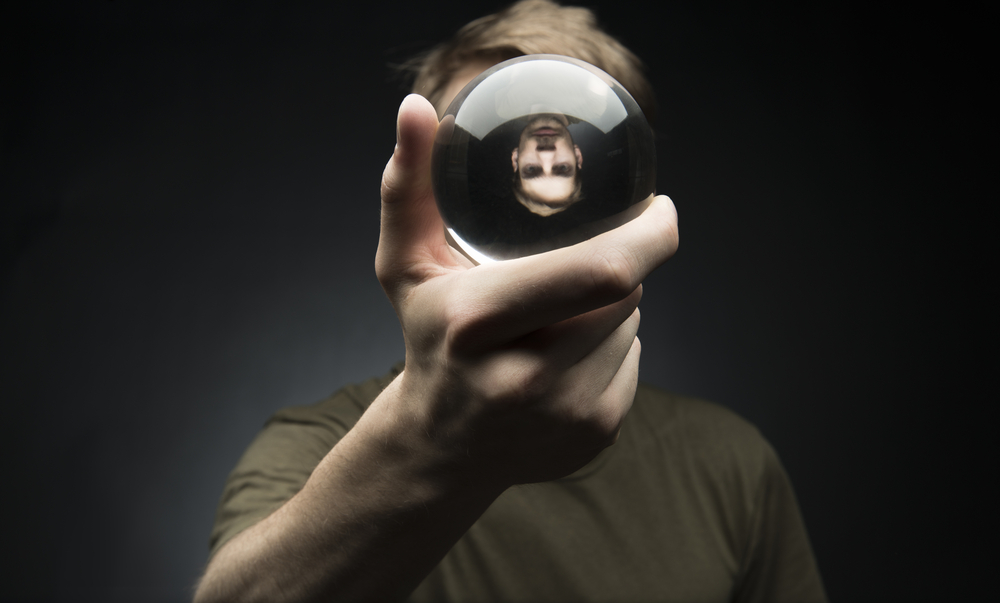Color is a silent language, a visual cue that shapes perceptions and influences emotions. In marketing, the strategic use of color can make the difference between a brand that stands out and one that fades into the background. Understanding how colors impact consumer behavior and brand identity is essential for businesses looking to leave a lasting impression. Here, we delve into the fascinating power of colors in marketing and how they can be used to achieve success.
The Psychology of Color
Colors evoke emotions, convey messages, and influence decisions—often without consumers even realizing it. This phenomenon is rooted in color psychology, which studies how different hues affect human behavior and perception. For instance:
- Red: Associated with passion, excitement, and urgency, red is often used in clearance sales and call-to-action buttons.
- Blue: Conveys trust, reliability, and calmness, making it a popular choice for financial institutions and healthcare providers.
- Yellow: Represents happiness and optimism, frequently used in branding to grab attention and evoke positivity.
- Green: Symbolizes nature, health, and growth, ideal for eco-friendly and wellness brands.
- Black: Denotes sophistication, luxury, and elegance, often used by high-end brands.
Understanding these associations helps marketers craft campaigns that align with the emotions and values of their target audience.
Color and Brand Identity
Brand identity is more than a logo or tagline; it’s the essence of how a brand is perceived. Colors play a pivotal role in shaping this perception. Research indicates that up to 90% of snap judgments about products can be based on color alone. Companies like Coca-Cola (red), Facebook (blue), and McDonald’s (yellow and red) are prime examples of brands leveraging consistent color schemes to build strong identities.
When choosing a color palette for branding, businesses should consider:
- Target Audience: Different demographics interpret colors differently. For instance, younger audiences may respond well to vibrant and playful colors, while older demographics might prefer muted tones.
- Cultural Significance: Colors carry cultural connotations. While white symbolizes purity in Western cultures, it’s associated with mourning in some Eastern traditions.
- Industry Standards: Certain industries tend to favor specific colors. Tech companies often use blue to convey innovation and trust, while green dominates in the organic and health sectors.
Colors in Advertising
Advertising campaigns rely heavily on visual elements to capture attention and communicate messages quickly. Colors not only make ads visually appealing but also enhance their effectiveness by influencing emotions and behaviors. Here’s how colors are utilized in advertising:
- Creating Contrast: High-contrast colors draw attention to specific elements, such as headlines or product images. This technique ensures key messages are noticed.
- Triggering Emotions: Emotional appeals are central to effective advertising. For example, warm colors like orange and red can evoke excitement and energy, while cooler tones like blue and green provide a sense of tranquility and trust.
- Highlighting Offers: Bright and bold colors like yellow and red are often used to emphasize limited-time deals or discounts, creating a sense of urgency.
Colors and Website Design
In the digital age, websites serve as the virtual storefront for many businesses. The color scheme of a website significantly affects user experience and conversion rates. Here’s how marketers can use colors effectively in web design:
- Navigation and Usability: Colors should guide users intuitively. For instance, using a consistent color for clickable elements like buttons improves usability.
- Call-to-Action (CTA): Contrasting colors for CTAs, such as a red button on a white background, make them stand out and encourage clicks.
- Brand Consistency: The website’s color palette should align with the brand’s identity to maintain consistency and build trust.
Social Media and Color Trends
Social media platforms are saturated with content, making it crucial for brands to use colors strategically to stand out. Each platform has its unique vibe, and understanding these nuances can enhance a brand’s presence:
- Instagram: Bright, vibrant colors work well on this visually-driven platform. Pastel tones have also gained popularity for their soothing aesthetic.
- LinkedIn: Professional tones like blue and gray resonate with the platform’s corporate audience.
- TikTok: Bold and youthful colors appeal to the platform’s predominantly younger demographic.
By staying updated on color trends and adapting to platform-specific preferences, brands can increase their visibility and engagement.
The Science of Color in Packaging
Packaging is often the first physical interaction a consumer has with a product. Colors on packaging influence purchase decisions by:
- Standing Out on Shelves: Bright, contrasting colors grab attention in crowded retail spaces.
- Communicating Quality: Matte finishes and minimalist color schemes often suggest premium quality.
- Indicating Product Type: Green packaging for organic products or white for purity and cleanliness aligns with consumer expectations.
The Future of Colors in Marketing
As technology evolves, so does the application of colors in marketing. Augmented reality (AR) and virtual reality (VR) offer new opportunities to experiment with colors in immersive environments. Additionally, advancements in AI allow brands to analyze consumer preferences and tailor color schemes for personalized marketing.
Moreover, sustainability is influencing color trends. Earthy tones and muted colors are becoming popular as they reflect eco-conscious values. Brands that align their color choices with sustainability messaging are likely to resonate with environmentally aware consumers.
Conclusion
Colors are more than just aesthetic choices; they are powerful tools that shape perceptions, evoke emotions, and drive consumer behavior. From brand identity and advertising to website design and packaging, the strategic use of colors can amplify a marketing campaign’s impact. By understanding the psychology of colors and staying attuned to trends, businesses can create compelling visual narratives that connect with their audience on a deeper level. After all, in the world of marketing, every hue tells a story.








